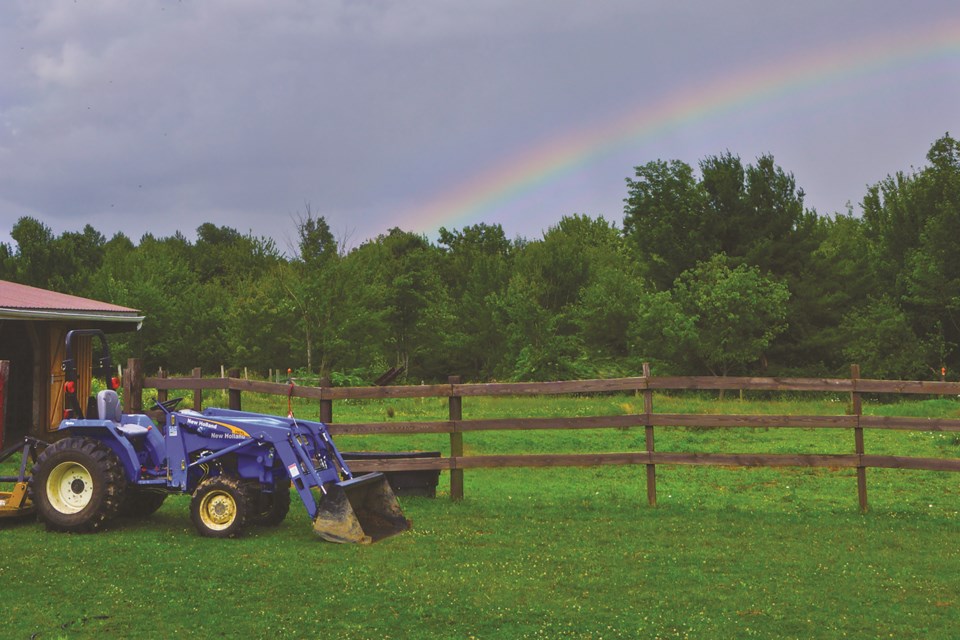LAKELAND - With dry weather being seen across much of the region this spring, having a plan regarding grazing livestock can be crucial, not only for financial reasons, but environmental and social reasons too.
On April 27, Kelly Sidoryk took time to offer her insights on why farmers and ranchers should sit down and make a grazing plan. The webinar offered through the Lakeland Agricultural Research Association (LARA) was held virtually, due to public health measures in place.
Sidoryk ranches near Lloydminster, and advocates for holistic resource management, a decision making and planning process that focuses on finances, land and people. Holistic planned grazing is about getting the animals to the right place, at the right time, for the right reasons, with the right behaviour, Sidoryk told those listening.
She noted that livestock are a tool to harvest the wealth and improve the land, and can serve many functions, such as mowing and fertilizing, along with financial benefits. She also brought up the fact that soil organisms are livestock too, and they must also be fed.
A holistic management grazing plan helps manage the land, animals and wildlife, ensuring high quality forage, and forage and cover for livestock and wildlife in the non-growing season. Having a plan also helps deal with weather challenges. it also helps meet nutritional requirements of the livestock and wildlife, and encourages minimal stress on animals and people.
Sidoryk offered advice on how to move forward with a plan. Outlining objectives for both the grazing livestock and the land is important, along with determining grazing and stored feed parameters and potential yield. Identifying feed needs, making note of any special considerations, and scheduling the number of days grazing is also important steps.
Sidoryk's presentation even involved a bit of a math lesson, as she showed producers how to calculate the amount of time animals should be grazing in a specific area.
"Overgrazing is a function of time," said Sidoryk. It occurs when livestock are left on a pasture for too long at one time, and can also happen if plants aren't given enough time to recover from the last graze.
Three items must be taken into account when determining how long livestock should graze, and that includes time, area, and volume.
Sidoryk spoke about how farmers can create smaller paddocks within one larger area, and move animals more often, to allow for longer recovery of plants. More paddocks can result in more flexibility, more even trampling and more even fertilization.
And it's not just plants and livestock that need to be considered when making a grazing plan, but humans too. Sidoryk encouraged farmers and ranchers to plan around social needs also, such as vacation time, and extra help. Geography, weather, and infrastructure are also further considerations.
When speaking about dry weather conditions that can sometimes occur, Sidoryk pointed to four principles of drought management, which are: combine herds, slow down to increase recovery, supplemental feed, and reduce numbers.
In the end, she says producers need to "work with nature" in their grazing plan.




